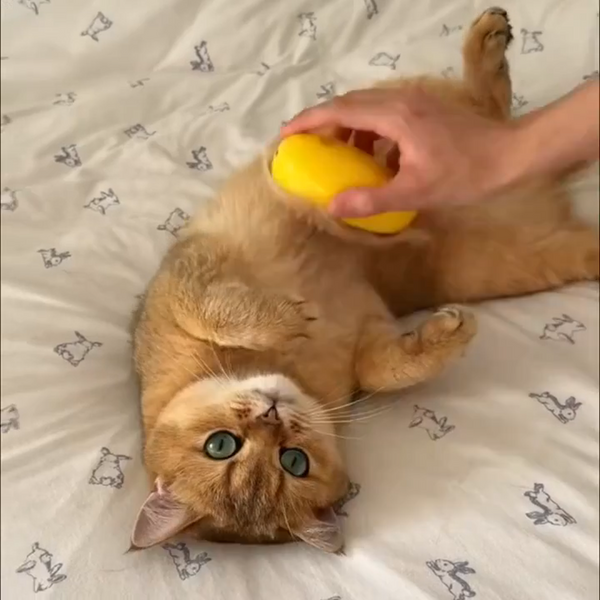As a responsible pet owner, it is crucial to prioritize the grooming needs of your furry friend. One essential aspect of pet grooming is brushing and detangling their coat. Regular brushing not only keeps your pet's fur looking neat and tidy but also promotes their overall health and well-being. In this blog post, we will explore the importance of pet brushing and detangling, along with some useful tips for DIY pet grooming.
Why is pet brushing and detangling important?
Brushing your pet's coat has numerous benefits. Firstly, it helps to remove loose hair and prevent matting. Matting occurs when the fur becomes tangled and clumps together, leading to discomfort and potential skin issues for your pet. By regularly brushing and detangling their coat, you can prevent matting and keep their skin healthy.
Additionally, brushing stimulates the production of natural oils in your pet's skin, which helps to keep their coat moisturized and shiny. It also improves blood circulation, promoting a healthier coat growth. Regular brushing also allows you to check for any abnormalities, such as ticks, fleas, or skin irritations, ensuring early detection and treatment.
How often should you brush your pet?
The frequency of brushing depends on your pet's breed and coat type. Long-haired breeds, such as Golden Retrievers or Persians, require daily brushing to prevent matting and keep their coat in top condition. Short-haired breeds, like Beagles or Boxers, can be brushed once or twice a week to remove loose hair and maintain a healthy coat.
It is important to establish a grooming routine from an early age to get your pet accustomed to the brushing process. Make it a positive experience by rewarding them with treats and praise. Gradually increase the duration of brushing sessions as your pet becomes more comfortable.
Tips for DIY pet grooming
1. Use the right tools: Invest in high-quality brushes and combs suitable for your pet's coat type. Consult a professional groomer or veterinarian to determine the best tools for your furry friend.
2. Start with gentle strokes: Begin brushing your pet's coat with gentle strokes, gradually working through any tangles or mats. Be patient and avoid pulling or tugging on their fur, as it can cause discomfort.
3. Pay attention to sensitive areas: Some pets have sensitive areas, such as their belly or ears. Take extra care when brushing these areas, using a softer brush or comb.
4. Be thorough: Make sure to brush all areas of your pet's body, including their tail, legs, and underbelly. This helps to distribute natural oils and prevents matting.
5. Take breaks if needed: If your pet becomes anxious or restless during grooming sessions, take short breaks to allow them to relax. Gradually increase the duration of grooming over time.
By incorporating regular brushing and detangling into your pet's grooming routine, you can ensure their coat remains healthy, shiny, and free from matting. Remember, DIY pet grooming is a bonding experience that strengthens the relationship between you and your furry companion. Happy grooming!












